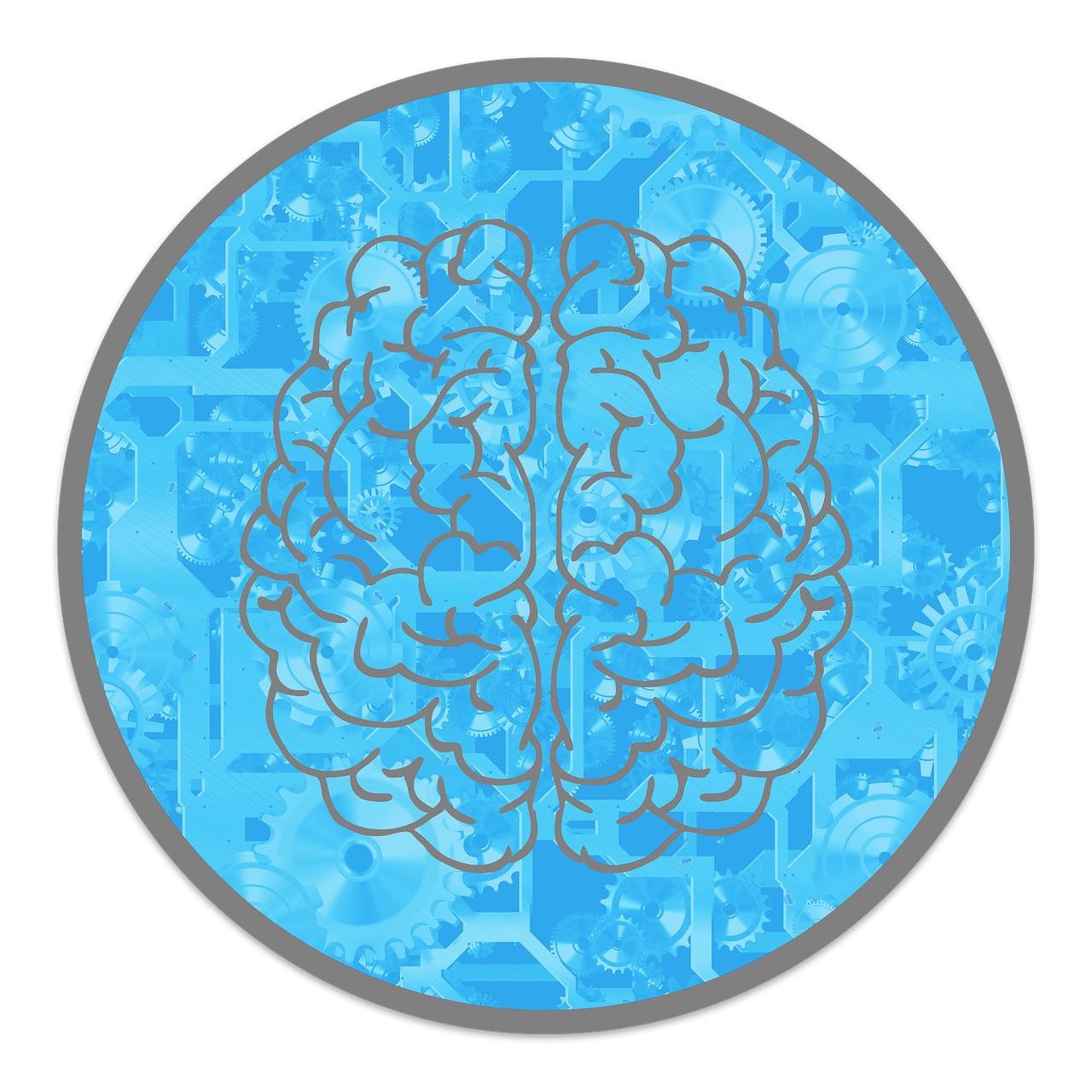
Behavioral psychology, often called the “science of behavior,” has transformed how we understand human actions, habits, and decision-making.
However, despite its scientific grounding, myths and misconceptions about behavioral psychology persist.
These misunderstandings can misinform the public and hinder the effective application of this fascinating field.
Let’s dive deep and debunk some of the most common myths about behavioral psychology with evidence-backed insights.
Myth 1: Behavior is Solely Determined by Genetics
One of the most widespread myths is that our actions and traits are entirely dictated by our genes.
While genetics undoubtedly play a role in behavior, they are not the sole factor.
Environmental influences, upbringing, cultural background, and personal experiences significantly shape behavior.
A study published in Nature Genetics (2018) concluded that human behavior results from a complex interplay of genetic predispositions and environmental factors.
For example, a child genetically predisposed to aggression may never display such tendencies in a nurturing and supportive environment.
Myth 2: Punishment is the Most Effective Way to Change Behavior

Many people believe that punishment is the quickest way to alter behavior.
While punishment can temporarily suppress undesirable actions, it often fails to address the underlying causes.
Worse, it can lead to fear, resentment, and avoidance.
Behavioral psychologists advocate for positive reinforcement as a more effective strategy.
According to research from Psychological Science (2020), rewarding desired behaviors leads to more sustainable and long-term behavioral changes.
For instance, praising a child for completing their homework is far more effective than scolding them for not doing it.
Myth 3: You Can “Read” Someone’s Mind Through Their Body Language
Body language can provide insights into someone’s emotions, but it’s far from being a reliable “mind-reading” tool.
The idea that crossed arms always indicate defensiveness or that a smile guarantees happiness is overly simplistic.
Studies published in The Journal of Nonverbal Behavior (2022) reveal that body language must be interpreted in context.
For instance, crossed arms might signify someone is cold rather than defensive.
Behavioral psychology emphasizes the importance of considering multiple factors, including verbal cues and situational context, before drawing conclusions about someone’s mental state.
Myth 4: Classical Conditioning Only Works on Animals

When people think of classical conditioning, they often picture Pavlov’s famous experiments with dogs.
However, this psychological principle is not limited to animals—it also applies to humans.
For example, advertisers use classical conditioning by pairing their products with positive stimuli, such as attractive visuals or catchy music, to create favorable associations.
Research in Behavior Research and Therapy (2019) highlights how classical conditioning techniques are employed in treating human anxieties and phobias, demonstrating its relevance to modern therapy and everyday life.
Myth 5: Behavioral Psychology is Just “Common Sense”
At first glance, some behavioral psychology principles may seem like common sense.
For instance, rewarding good behavior might appear obvious.
However, behavioral psychology is grounded in rigorous scientific methods, controlled experiments, and data analysis.
Common sense often oversimplifies or misinterprets behaviors.
For example, the idea that venting anger through physical activity always helps is debunked by studies showing it can sometimes amplify aggression.
Behavioral psychology provides evidence-based frameworks that go far beyond intuition.
Myth 6: Behavioral Science is About Manipulation

Some critics view behavioral psychology as a tool for manipulation, particularly in areas like marketing or politics.
While behavior science can be misused, its core purpose is to understand and improve human well-being.
For example, behavioral psychology principles are used in public health campaigns to encourage beneficial habits, such as wearing seat belts or quitting smoking.
A 2021 study in Health Psychology Review found that nudge techniques, like reminders or prompts, can lead to healthier choices without coercion.
Ethical considerations are paramount in applying behavioral psychology, emphasizing informed consent and respect for individual autonomy.
Myth 7: All Behavior Can Be Turned into a Habit
Habits are powerful, but not all behaviors can—or should—be turned into automatic routines.
Complex tasks like creative problem-solving or deep conversations require conscious thought and cannot be reduced to habitual behavior.
A study in European Journal of Social Psychology (2019) found that habit formation is most successful for repetitive, straightforward tasks, such as exercising or drinking water regularly.
Attempting to automate more nuanced actions often undermines their effectiveness and authenticity.
Myth 8: Behavioral Health is the Same as Mental Health

While behavioral health and mental health are closely related, they are not interchangeable terms.
Behavioral health focuses on behaviors that affect physical and mental well-being, such as diet, exercise, and substance use.
Mental health, on the other hand, pertains to emotional, psychological, and social well-being.
For instance, behavioral health interventions might target smoking cessation, while mental health therapy addresses underlying anxiety or depression.
Understanding the distinction helps tailor appropriate interventions and treatments.
Final Thoughts
Behavioral psychology offers profound insights into why we do what we do, but myths and misconceptions often cloud its true potential.
By debunking these myths, we can better appreciate the science behind human behavior and apply it to improve our lives, relationships, and communities.
Behavioral psychology isn’t just about theory; it’s a practical tool that empowers us to create positive changes, both individually and collectively.
Let’s continue to explore and celebrate its contributions with an open, informed mind.


